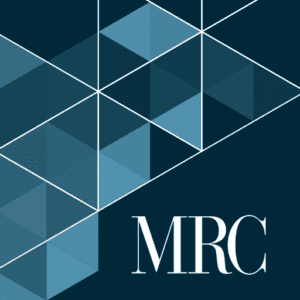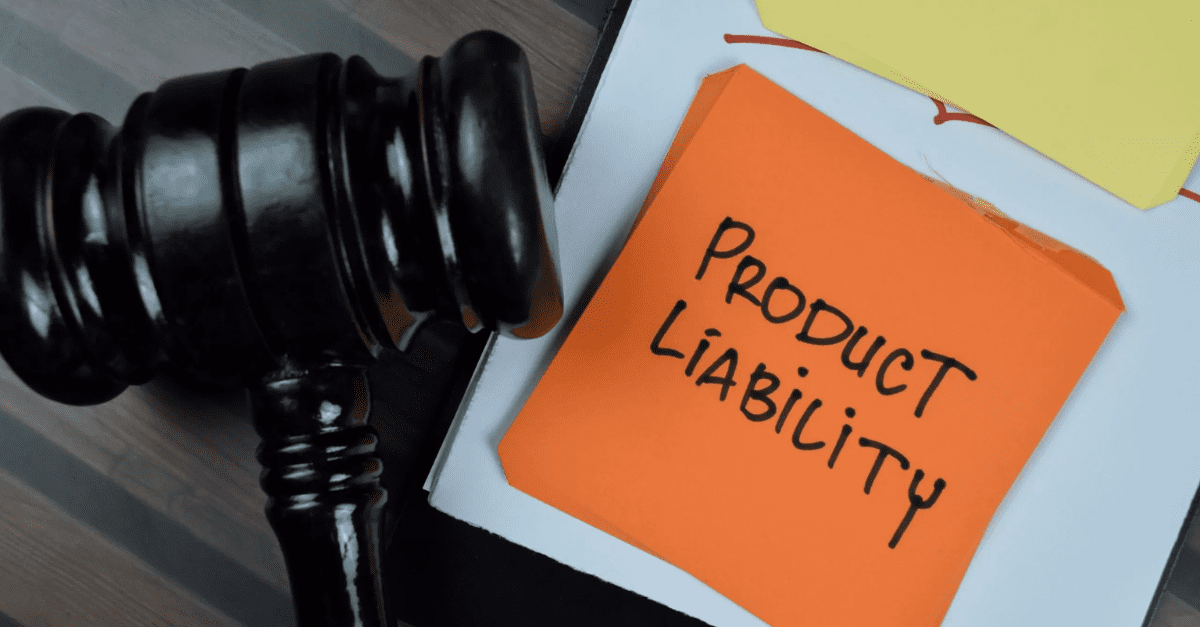Introduction: How Alternative Causation Can Shift Product Liability Cases
 In the complex world of product liability litigation, determining the true cause of a plaintiff’s symptoms is essential. While initial claims often point to the product in question, a deeper investigation can uncover alternative causes that dramatically change the case’s outcome. This blog explores how the concept of alternative causation can shift the direction of product liability cases and highlights the importance of thorough medical reviews conducted by legal nurse consultants.
In the complex world of product liability litigation, determining the true cause of a plaintiff’s symptoms is essential. While initial claims often point to the product in question, a deeper investigation can uncover alternative causes that dramatically change the case’s outcome. This blog explores how the concept of alternative causation can shift the direction of product liability cases and highlights the importance of thorough medical reviews conducted by legal nurse consultants.
The Power of Alternative Causation
Understanding Alternative Causation
Alternative causation involves identifying factors other than the product in question that could have caused the plaintiff’s symptoms. This approach is vital in high-stakes product liability cases, where pinpointing the correct cause of symptoms can have significant legal and financial implications. Recognizing these alternative causes requires a comprehensive review of medical records, a detailed understanding of patient history, and consideration of environmental or occupational factors.
Why This Matters
Consider a scenario where a plaintiff attributes their health issues to a pharmaceutical product. An initial review might support this claim, but a more thorough investigation could reveal other contributing factors, such as environmental exposure or pre-existing conditions, that are the true cause. Identifying these factors can shift the case’s focus from product liability to another area, such as environmental exposure, thus altering the legal strategy and potentially saving significant costs.
The Role of Legal Nurse Consultants
Expert Analysis and Insight
Legal nurse consultants play a crucial role in identifying alternative causation. With their medical expertise, they can meticulously analyze medical records and spot inconsistencies or patterns that others might overlook. Their background in clinical practice enables them to understand the nuances of symptoms and their potential causes beyond what is immediately apparent.
Case Study Example
In a recent case, MRC was tasked with reviewing medical records for a product liability claim involving significant alleged damages. During the review, the legal nurse consultant noticed that the patient’s symptoms, including chronic cough and fatigue, did not align with those typically associated with the product in question. Instead, these symptoms were more consistent with conditions caused by environmental exposure to minerals. Further investigation revealed that the patient lived in an area with high mining activity, suggesting that the true cause of the symptoms might be environmental rather than product-related.
The Impact of Discovering Alternative Causation
Shifting Case Dynamics
Uncovering alternative causation can dramatically change the direction of a case. By presenting evidence of other plausible causes for the plaintiff’s symptoms, legal teams can reframe the case from product liability to another issue, such as environmental exposure. This shift can lead to different legal outcomes, such as settlements or reduced liability, ultimately saving the client significant legal fees and reputational damage.
Improving Legal Outcomes
A comprehensive review that includes the possibility of alternative causation strengthens legal strategies. By considering all potential factors, legal teams are better prepared to challenge claims and provide a more robust defense. This approach ensures that all aspects of a case are thoroughly examined, leading to fairer and more accurate outcomes.
Conclusion
The identification of alternative causation is a powerful tool in product liability cases. Through the expertise of legal nurse consultants, who bring a depth of medical knowledge and analytical skills, hidden factors can be uncovered that alter the case’s direction. This approach not only provides a more complete understanding of the case but also helps protect clients from unwarranted liability and costs.


